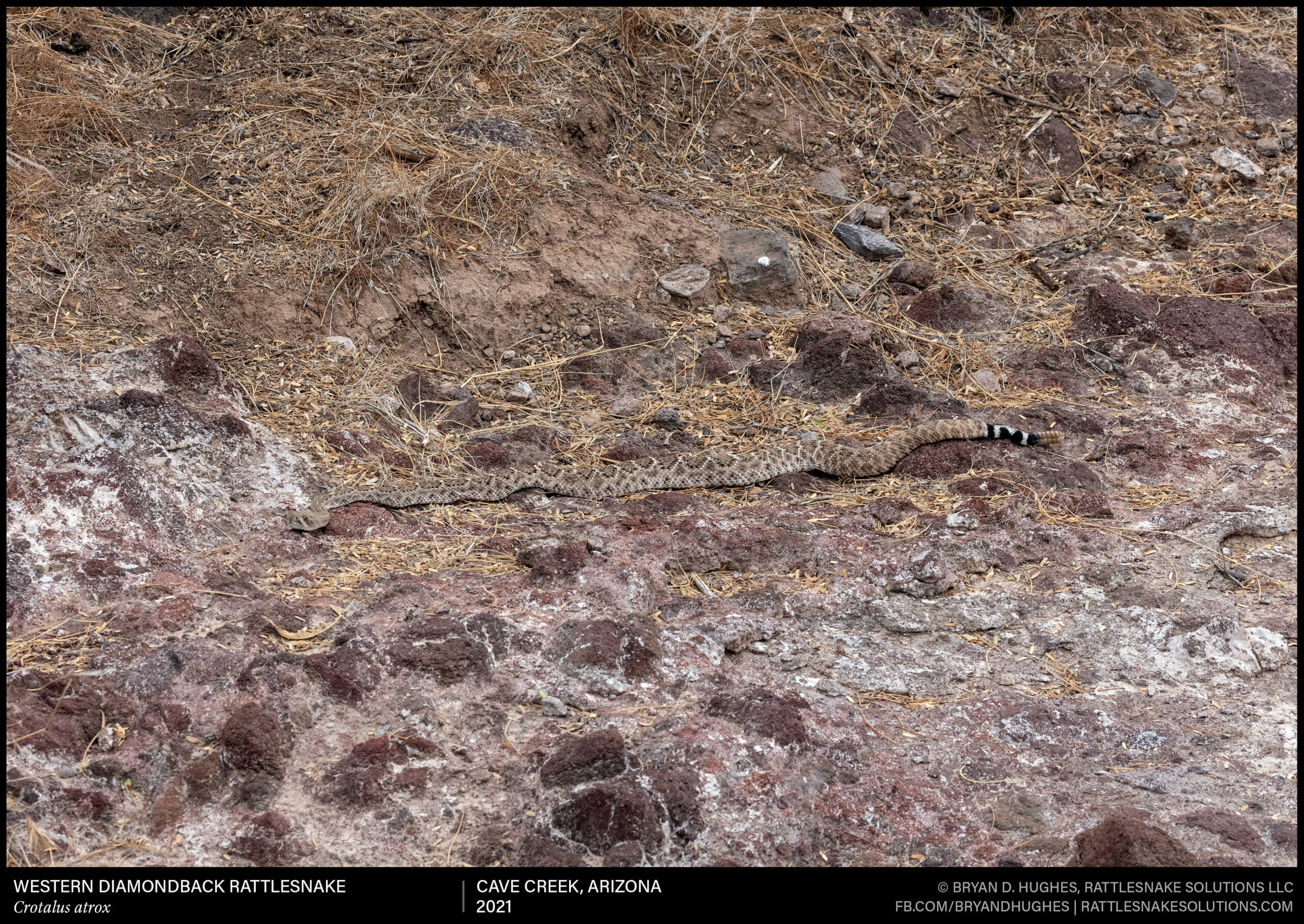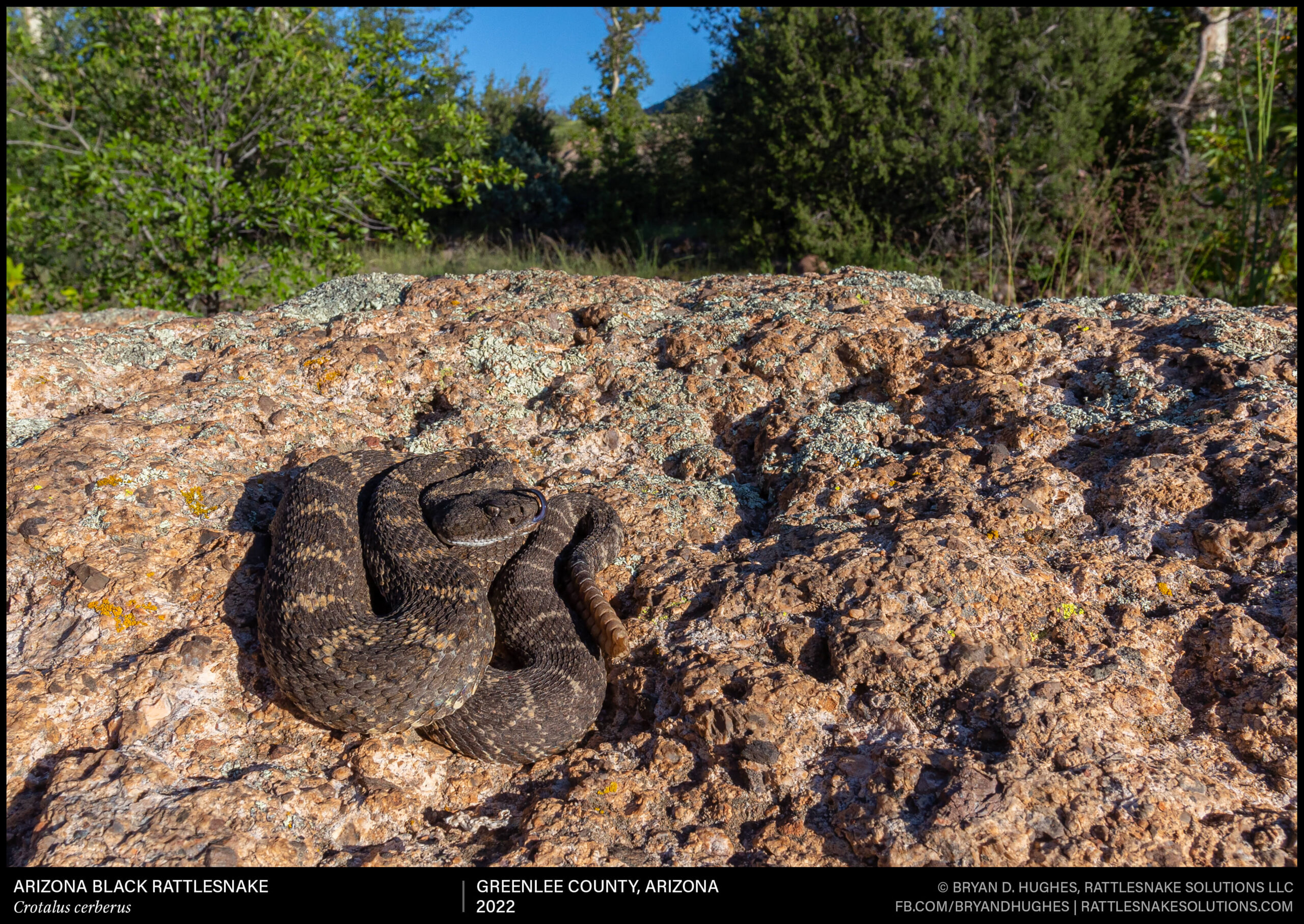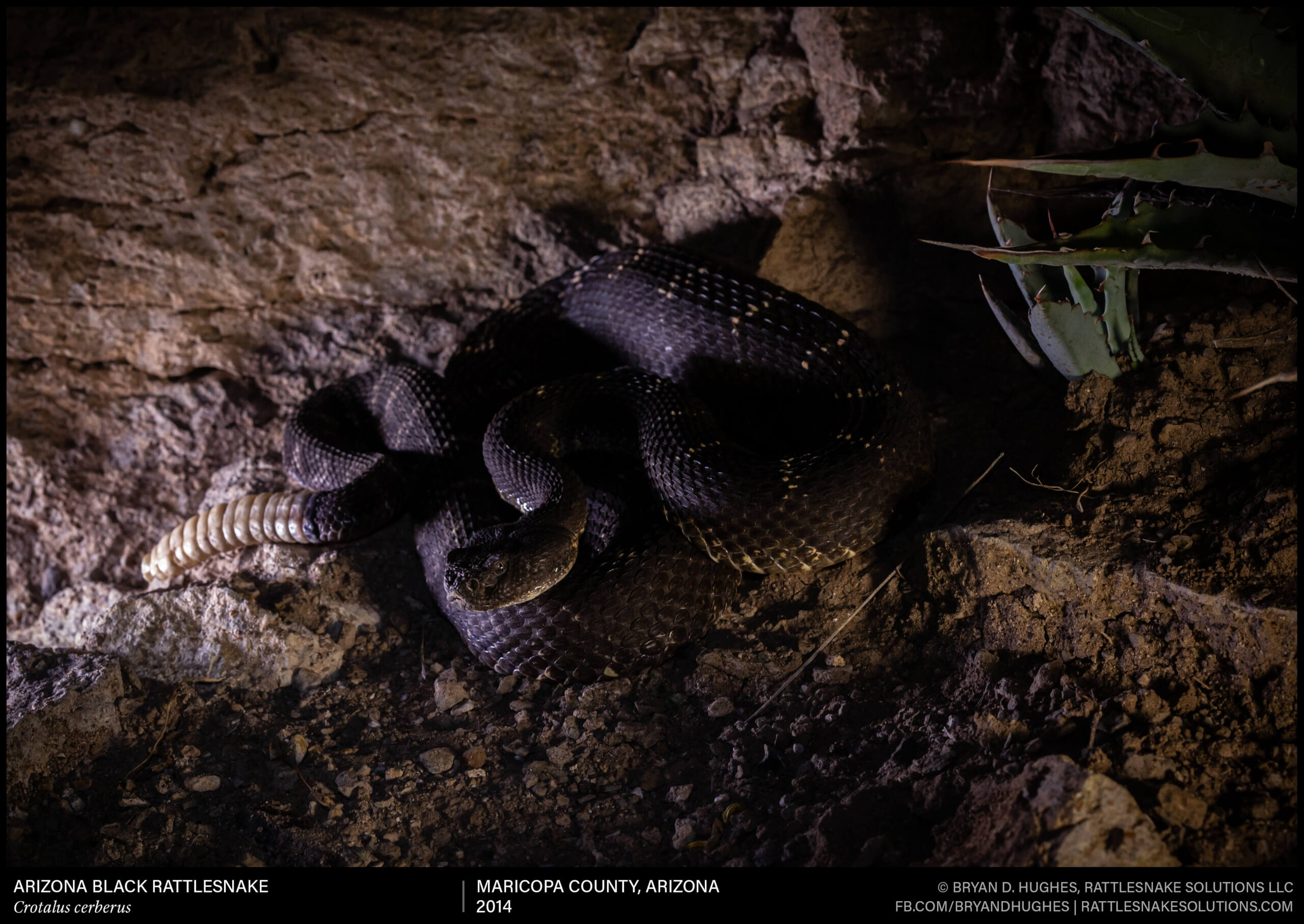One of many Indian Vinesnakes we found moving in low branches on a rainy night in Karnataka, India.

One of many Indian Vinesnakes we found moving in low branches on a rainy night in Karnataka, India.

One of many Caucasian Sand Boas we found in Greece a couple of years ago.

This Western Diamondback Rattlesnake was aestivating on a cool, extremely dry May morning. This drainage used to be rich with life, but recent fires fueled by invasive grasses have changed it into a charred, open oven. A few animals remain – the most abundant life to spring up after the event: globe chamomile. Hopefully this snake found a way to survive.

A Florida Cottonmouth I found in the Everglades, doing what they do. What they don’t actually do: chase after people. The stories are just that, often not even a cottonmouth at all. And they don’t smell like cucumbers either 😉

A Western Diamondback Rattlesnake cruising along a dry wash on a hot summer evening. Nearby water means a higher number of rattlesnakes in the area, and they can be found each evening moving to and from the spring. Not only good for a drink; these situations are ideal hunting opportunities for prey who also need it.

Arizona Black Rattlesnake from the far eastern end of its range in the state, found at high elevation in Greenlee County. These rattlesnakes in th is region can look different than those more familiar from the central rim region, where most of the animals you’ve likely seen in photographs are from.

A young Sonoran Sidewinder I found in central Arizona near the edge of their range. These small specialists can be found in relatively flat, sandy and grassy desert areas in the region, but their presence ends abruptly at the edges of mountains.
Sidewinder (Crotalus cerastes ssp.) https://rattlesnakesolutions.com/Sidewinder

Banded Sandsnakes are common, found in sandy drainages and often spotted on the surface in the summer. They’re often mistaken for superficially similar groundsnakes and shovelnosed snakes – one way to tell them apart is the relatively wide body, and the gradual transition of the dorsal stripe to the tan base color along its back. They also have kind of silly puppy faces, which can’t be unseen once you do. This one was found near our office in Cave Creek.

Arizona Black Rattlesnake found at night in a wooded area of central Arizona.

A Banded Rock Rattlesnake found on a hike through a wooded canyon.
